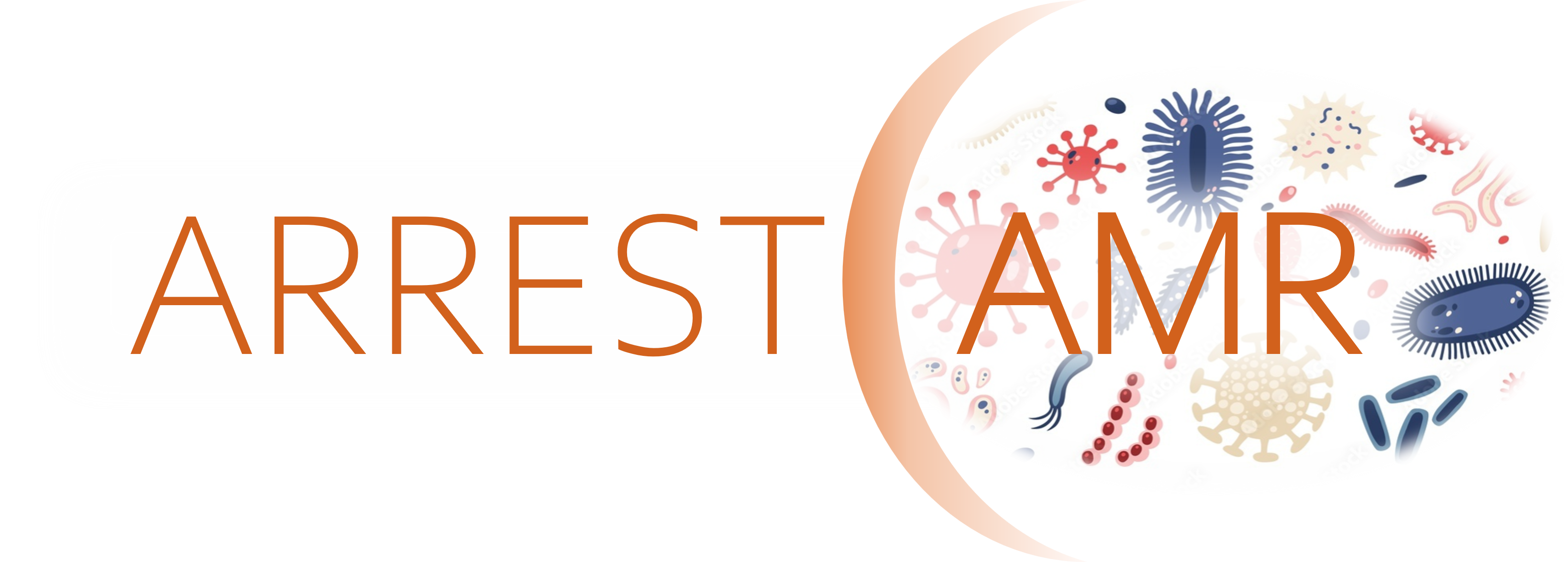Update to colleagues of the Arrest-AMR Network
Our initial EOI was based on ‘rapid’ AMR diagnostics relating to human health (Intervention 5 of the Jim O’Neill report) and still forms a key part of the theme. However, after the community meetings, taking inputs from members and from the nature of the call (as clarified by UKRI during the community meetings), it became clear that the network should be broader and should address AMR diagnostic challenges from a One Health perspective.
For this to happen, we have realised that: (i) a ‘one size fits all’ approach will not work – and the network should be driven by practical ‘needs’ to ensure ‘adaptation’ – and not focus only on scientific elegance. This will help to develop, evaluate and implement impactful solutions that are tailored to the needs in each of the areas of human, animal and environmental health. This includes practical solutions to detect the drivers of AMR such as antimicrobials and co-selectors in the environment or early detection of zoonotic diseases in animals. Hence, we have reached out (and continuing to reach out) to experts in such areas as well as in human health. (ii) While ‘rapid’ diagnosis is important, in certain scenarios such as AST during biofilm infections where AMR/tolerance is hard to predict, ‘accuracy’ is crucial. Hence we are glad to have colleagues in the network who are contributing in such areas too. We have also modified the theme to make it clear, that there is no restriction for the technology developers to join the network based on whether their technologies are ‘currently’ – accurate, rapid, robust or economical. Rather, the network should aim to enable them to achieve these attributes – as dictated by the ‘needs’. (iii) We have to make use of new tools such as mathematical modelling, AI/ML and prediction approaches that will predict AMR and patient-specific need for antibiotics – and delighted to have leading experts in such areas join the network. (iv) We need to work closely with government and regulatory agencies – to help develop regulatory systems for AMR diagnostics and make the regulations more amenable to innovation, while ensuring safety of the new technologies. Thus we have UKHSA and VMD in our network and we are aiming to include other such organisations too.
Also, we have debated about how broad the network should be. While a holistic approach to AMR interventions is important, we also need to retain focus of the network, to effectively deliver solutions. Otherwise we will end up spreading ourselves too thin and not deliver anything. Therefore, the central aim of the network still remains the same – i.e., to support the realisation of fit-for-purpose diagnostics/detection solutions related to AMR. We will bring together researchers and companies that are working in areas such as the above, and along with experts with complementary skills (including EPS, biological sciences, medicine, veterinary, environmental science, climate change and AMR, social sciences, behavioural science etc.,) build a supportive ecosystem that will enable such diagnostics/detection solutions to be developed and implemented for practical use. Fundamental understanding of AMR and its emergence is crucial and we appreciate the synergy between drugs, vaccines and diagnostics development (e.g., novel targets for new antimicrobials could be diagnostic targets too). Therefore we continue to welcome new members and experts in fundamental sciences – to help speed up the development of implementable diagnostic/detection technologies. We look forward to your views.
Professor Mark Bradley and I are grateful for your continued help in building this network, and look forward to your further inputs in shaping the direction of this network.
We are keen to expand the network and conduct further networking events, workshops, etc., in due course. More importantly, after the kick-off meeting on the 5th of Sep, we are planning to conduct regular online meetings, wherein technology developers and other members can present their work and what they want the network to do – and this could be the seed for developing short projects supported by Phase 1.
Warm welcome to the network again.
Sesha
